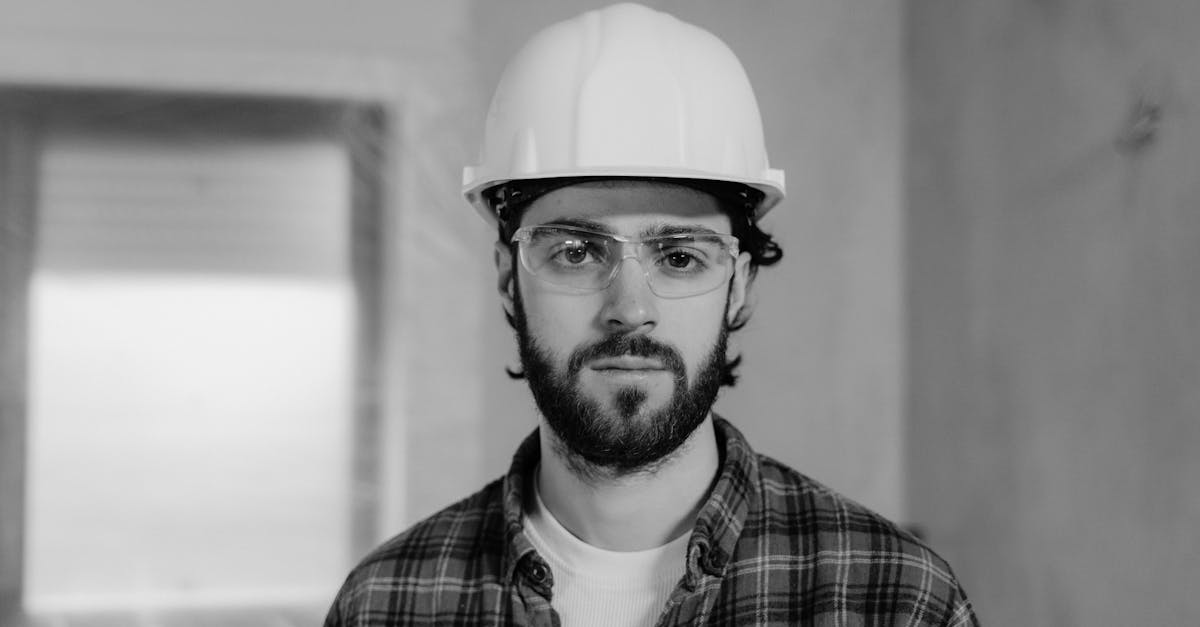FAQSInsulation Techniques for Passive House Energy Efficiency Airtightness Testing and Standards in Passive HouseWhat is passive solar design?
Achieving Airtightness in Passive House Structures
How does passive solar design benefit passive house projects?Insulation Materials for Passive House Buildings The Role of Insulation in Passive House Design
The Role of Insulation in Passive House Design
What are some energy-efficient lighting options for passive house projects?Airtightness and Its Importance in Passive House Construction The Role of Insulation in Passive House Design
The Role of Insulation in Passive House Design
FAQS
Terms of Use
Privacy PolicyWhat is an MVHR system?
LED Lighting Options How can I enhance the performance of my MVHR system in a passive house?2024-08-05Modern LED lighting options are a vital component of energy-efficient design in Passive House projects. LED lights consume sign
Why is it important to monitor the performance of an MVHR system?
To enhance the performance of MVHR systems in passive houses, it is crucial to ensure proper design and installation. This includes sizing the system correctly based on the specific needs of the house, as well as implementing efficient ductwork layout to optimize airflow. Additionally, using high-quality filters and regularly replacing them is essential to maintain indoor air quality and system efficiency.
Moreover, periodic maintenance and cleaning of the MVHR system components are essential to keep it operating at peak performance. This includes cleaning the heat exchanger, fans, and ductwork to remove any dust or debris that can hinder airflow and reduce efficiency. By taking these proactive measures, homeowners can ensure that their MVHR system operates effectively, providing fresh and clean air while maximizing energy efficiency within the passive house environment.
Smart home technologies have revolutionized the way we interact with our living spaces, offering increased comfort, convenience, and energy efficiency. When it comes to integrating these technologies with MVHR systems in passive houses, the benefits are numerous. By incorporating smart thermostats, sensors, and automation systems, homeowners can have greater control over their indoor
RegBenefits of Eliminating Thermal Bridges in Passive HousesA heat recovery system is a ventilation system that recovers heat from outgoing air to preheat incoming fresh air, improving indoor air quality and reducing the need for additional heating in passive house projects.
How is a heat exchanger installed in a passive house project?
A heat exchanger is typically installed in the ventilation system of a passive house project to transfer heat from outgoing air to incoming fresh air, helping to maintain a comfortable indoor temperature.
Why is airtight construction important in passive solar design?
Sitemap
Terms of Use